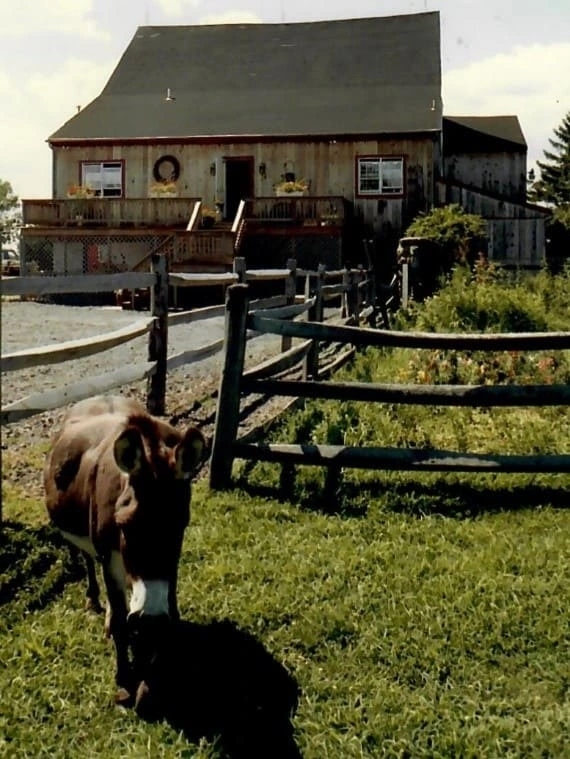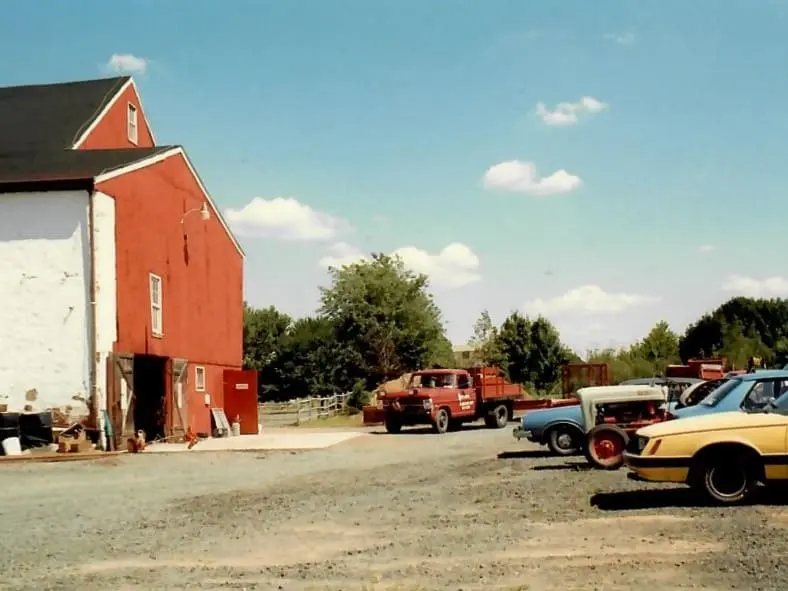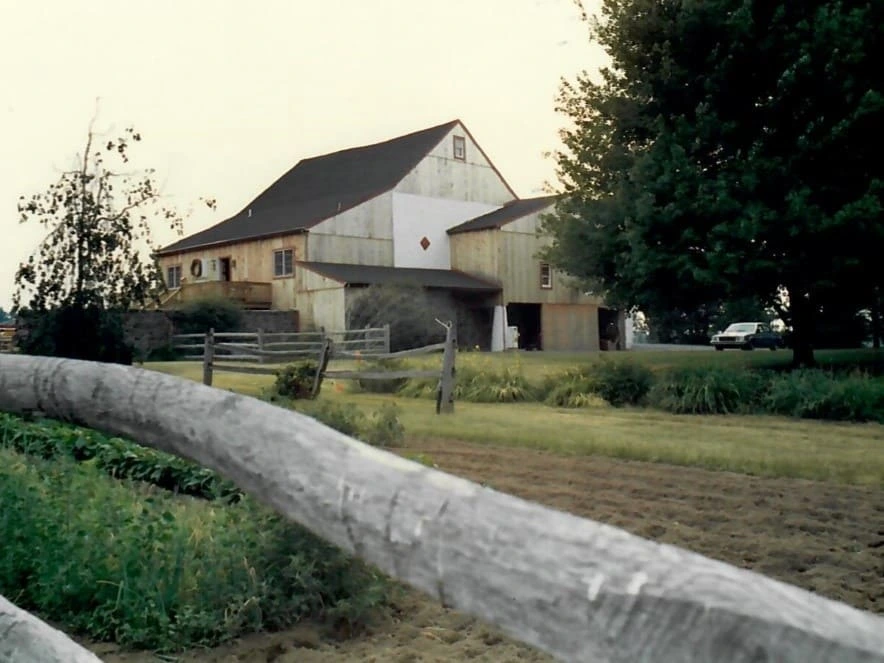Our History
History of Bloodgood Nurseries
The origin of the Bloodgood Nursery dates back to the late 1700’s. Its place of origin is in the area of Long Island, New York, Flushing, which is now known as Queens. Now a borough of New York, this area, in colonial times, was “out in the country”. Bloodgood was not America’s first established nursery, it is just the oldest continuously operating nursery/ landscape company. Bloodgood’s was first established by James Bloodgood, a descendant of Capt. Frans Jansen Bloetgoet, a Dutchman who anglicized his name, after settling in New Amsterdam in 1659. Records indicate the business was sold to the King and Murray families around 1830. By the 1850’s, the Bloodgood Nursery had established itself as one of the outstanding firms in New York, building much of its reputation on the importation of many Japanese species of ornamental plants. These plant species included the Japanese hollies, yews, and Japanese Andromeda. Acer palmatum Bloodgood is a patented variety developed by our company, and continues to be propagated and sold to this day.
.webp)
Historical rumors attribute a visit to the nursery by Ben Franklin. According to family legend, George Washington visited the nursery while President. Both these stories have credibility, since the Nation’s capitol, at that time, was in New York. Again, according to family legend, some of the plants at Mount Vernon are from Bloodgood nursery, Washington’s family estate. Other records would possibly indicate that it could have been Prince’s Nursery that could state this claim due to the proximity to Bloodgood Nurseries, operating during the same time period.
The Foulk family first enters the scene in 1893, when Theodore Foulk bought the company. The Foulk’s were originally a Pennsylvania family of Welsh Quakers, who established a family homestead in Gwynedd Valley, PA in 1698.
At some point in time, the Flemer (who started F&F Nurseries) and Foulk family undertook some sort of business arrangement, that came to be called “the American Nursery Co.” It was a joint effort by F & F and Bloodgood, to expand their businesses and streamline the transportation challenges of the early 20th century. Flemer moved F&F to Kingston, NJ by 1913 and became Princeton Nursery. The American Nursery Co. ceased to operate, but you can still find catalogs from this period of operation.
Flushing remained the nursery site for a long while, into the 1930’s, but eventually the push of urban sprawl caused them to look further east, on the island. Other nursery sites were established at Searingtown, L.I., and Albertson,L.I. Years later, another site was established, at Commack, in Suffolk county L.I. Because of rationing of things like gas and tires, during WW II, potatoes were grown mainly at the Commack site, in order to get the means to at least maintain the nurseries. Doubtfully, no nursery sales did, or were allowed, to take place in war time, but the stock still had to be cared for, to some degree. The Searingtown property was terminated in 1947 and sold sometime around 1950. In 1955, Theodore Foulke approached his grandfather with a business idea. Ted had always lived in PA, and had been in the hosiery business. He proposed to open a retail “garden market” to meet the landscaping needs of the general public. This idea probably was not original, but it was an excellent concept, unique to the area, and was immediately successful. The site of the new garden center was on Bethlehem Pike, in Springhouse, PA.
With the new foothold, in PA, thoughts turned to moving the wholesale operation, as well. In 1956, a new plot was acquired, just outside Doylestown, Pa., to become the new home of Bloodgood Nurseries. This 100 acre property was bounded by Easton Rd.[ Rt. 611] and Swamp Rd. [Rt. 313], and fronted on Saw Mill Rd. This is now the sight of the Fred Beans Dealerships. The Albertson and Commack sites were allowed to “sell down” the stock, before being closed. In Jan. 1965, William F. Foulk Sr., died at age 75. With his passing, the decision was eventually made to close the wholesale operation. The property was sold to a developer in 1968.


.webp)

Ted Foulke, due to a fire during the Christmas sales season of 1969, sold the SpringhouseGarden Center at some point in the 1970 and formed Bloodgood Landscape Corp., to continue the business. When he retired in 1972, sold the business to Albert Edling, who moved it to Horsham, PA, where it still operates today.
Albert Edling graduated from Delaware Valley College in 1960. He worked for the National Parks Service as the Ornamental Horticulturalist at Independence Hall as well as the Co-Director of the Job Corps on Cape Cod, MA before purchasing Bloodgood. He conducted Bloodgood Landscape Corp until 2010 when he then turned over operations to his son, Paul Edling. Paul had been working within the business since 1985.
Over the years, the company has been transitioning from mainly commercial to servicing more residential clients. As outdoor living has been increasing in demand, the company is meeting more project needs in addition to the maintenance.
The company has had many faces throughout its history. We are proud to share in over 200 years of a unique American business and its contributions to ornamental horticulture.
Get In Touch
Need a landscape transformation? Reach out to Bloodgood. We're here to help you craft your dream outdoor space.
